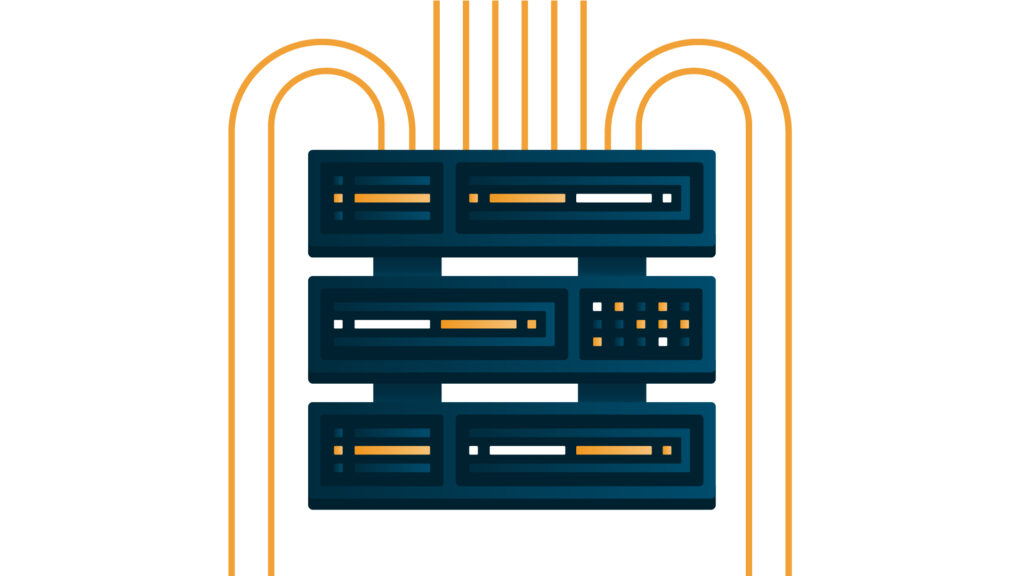 3 minutes
3 minutes
End-of-Life Technology: How to Drive Innovation Without Compromising Stability
When legacy systems approach end-of-life (EOL), enterprise IT teams typically face the choice of moving forward at all costs […]

Enterprise Java applications power global commerce, healthcare, government and countless other industries. These systems must be scalable, secure and resilient – requirements that exceed what a simple web server can provide. That’s where enterprise Java application servers come in. In this short guide you’ll learn what enterprise Java application servers are, how they work, why enterprises rely on them, and why Payara Platform is the leading choice for modern Jakarta EE and MicroProfile workloads.
A Java application server is middleware that provides a managed runtime for Java applications. For enterprise Java servers, the principle is the same. Instead of deploying code directly to a bare JVM, you deploy your application to the server. The server implements the necessary enterprise Java specifications, such as Jakarta EE, supplying the APIs (EJB, JPA, Servlet, CDI, etc.), so developers can focus on business logic while the server handles infrastructure concerns. The server provides the implementations of the APIs your app uses, so your code remains portable while the server manages resources and orchestrates execution. In short, an enterprise Java application server acts as the bridge between your business logic and the underlying operating system, networks and databases.
Java application servers (and enterprise Java application servers alike) implement a set of features that allow them to run enterprise applications reliably. These include:
Deploying your applications on a purpose‑built Java (and enterprise Java) application server offers several key advantages:
Payara Platform is a popular suite of Java application servers and runtimes that builds upon the GlassFish codebase. These solutions are available as a free community edition (Payara Platform Community) and as a commercially supported, enterprise-grade version with enhanced features (Payara Platform Enterprise) that powers mission‑critical systems worldwide, including fintech platforms like Hyperwallet.
Hyperwallet initially self‑hosted its global payout platform on Payara Server Commuity and found it reliable for business‑critical workloads. The organization later upgraded to Payara Platform Enterprise with 10×5 support. A Payara Accelerator consultant reviewed their configuration, identified 17 areas for improvement and recommended optimizations that improved efficiency, stability and performance.
Java application servers are a mainstay for enterprise Java software, providing the specificity, scalability, security and integration capabilities that such mission-critical applications and systems demand. Payara’s built‑in monitoring and cloud‑native features, combined with extensive enterprise-grade assistance make Payara Platform’s runtime technologies an excellent choice for organizations looking to support their infrastructures and innovate their applications without abandoning existing investments. With commercial support options, a long product lifecycle and real-world projects demonstrating real‑world success, Payara stands out as a trusted partner for enterprise Java deployments.
 3 minutes
3 minutes
When legacy systems approach end-of-life (EOL), enterprise IT teams typically face the choice of moving forward at all costs […]
 5 minutes
5 minutes
November has been one of the busiest months of the year for the Java and Jakarta EE ecosystem. With […]
 3 minutes
3 minutes
Working with enterprise Java databases can sometimes feel like swimming upstream. Jakarta EE 11’s Jakarta Data helps developers glide […]